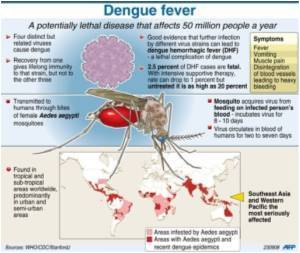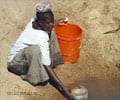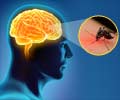
According to Nature, Andrew van den Hurk of the Queensland Health Forensic and Scientific Services in Coopers Plains, Australia, and his colleagues have developed a method for collecting mosquito saliva by allowing the insects to feed on honey-drenched cards placed in a trap filled with carbon dioxide.
The cards are infused with chemicals that preserve nucleic acids but inactivate viruses, enabling researchers to collect them safely. The honey contained blue dye, so that the tint in their gut would later indicate whether the insects had ingested it. The team then used a genetic test to analyse viral RNA on the cards.
More than 70percent of cards tested positive for the three viruses. Almost all cards that mosquitoes had fed on tested positive for the viruses they carried. In field, results showed that traps containing honey-soaked cards attracted more mosquitoes than those without cards, with more than 75 percent of mosquitoes consuming honey while in the traps.
The approach is promising because it detects viruses only when mosquitoes are capable of transmitting them. However, according to the scientists, the kinds of mosquitoes they trapped with this method are not necessarily the most important vectors for some viruses.
The method does not indicate which species, or how many mosquitoes, deposited viruses on the cards making it nearly impossible to quantify the risk of infection on the basis of the amount of viral RNA on the cards, says Phil Lounibos, a medical entomologist at the University of Florida in Vero Beach.
Advertisement
The study is published in Proceedings of the National Academy of Sciences.
Advertisement












